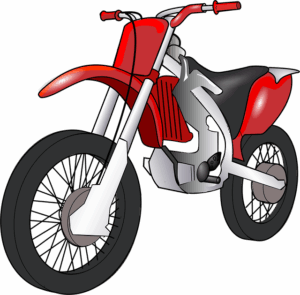Revolutionize Your Commute: Fuel-Efficient Mopeds Unveiled

Fuel-efficient mopeds, readily available through mopeds for sale, offer a sustainable and cost-effec…….
Mopeds: A Comprehensive Analysis
Introduction
Mopeds, a ubiquitous mode of transportation and recreation, have carved out a significant niche in the global market. These lightweight motor vehicles combine elements of bicycles and motorcycles, offering a balance of speed, efficiency, and eco-friendliness that appeals to a wide range of users. This article delves into the multifaceted world of mopeds, exploring their historical context, technological advancements, economic impact, policy landscape, and future prospects. Readers will gain a comprehensive understanding of what mopeds are, how they have evolved, and their role in modern society.
Understanding Mopeds
Mopeds are defined by their lightweight design, compact engine, and pedal assistance. Typically, a moped’s engine does not exceed 50cc (cubic centimeters) and has a top speed of no more than 40 kilometers per hour (km/h) in most jurisdictions. The primary components of a moped include the engine, frame, pedals, handlebars, and often a battery for electric models.
Historically, mopeds have their roots in post-World War II Europe, where they were developed as an affordable and efficient mode of transport. They quickly gained popularity due to their fuel efficiency and minimal environmental impact. Today, mopeds serve various purposes, from daily commuting to leisure activities, reflecting their adaptability and significance within the broader transportation landscape.
Global Impact and Trends
The global impact of mopeds is profound, with their use spanning across continents. In Europe, countries like the Netherlands, Germany, and France have seen a surge in moped usage due to urbanization and a push towards sustainable transport. Asia, particularly China and India, has also embraced mopeds, often as an entry-level motor vehicle for emerging economies.
Key trends shaping the trajectory of mopeds include:
Economic Considerations
Mopeds contribute significantly to the economy in various ways. They represent a niche market within the broader automotive industry, influencing investment patterns and market dynamics. The economic aspects of mopeds include:
Technological Advancements
The evolution of mopeds has been marked by significant technological advancements. These include:
Policy and Regulation
Policies and regulations play a crucial role in shaping the moped market. These include:
Challenges and Criticisms
Mopeds face several challenges and criticisms, including:
To address these issues, actionable solutions include:
Case Studies
Several case studies illustrate the successful application of mopeds:
Conclusion
Mopeds are a versatile and sustainable mode of transportation that continue to evolve with technological advancements and shifting consumer preferences. Their impact is felt globally, from economic contributions to environmental benefits, and their role will undoubtedly expand as urbanization grows and the push for greener transport options intensifies. The future of mopeds looks promising, with a combination of innovation, policy support, and market trends positioning them as a key player in the global transportation landscape.

Fuel-efficient mopeds, readily available through mopeds for sale, offer a sustainable and cost-effec…….

Mopeds for sale are gaining popularity as an affordable and efficient transport solution in urban ar…….

Lower speed limits in cities balance road safety and traffic flow, impacting commuting choices for m…….

Mopeds for sale are gaining popularity as efficient urban commuting solutions due to their compact s…….

The Green Revolution is transforming urban transportation with sustainable solutions, including mope…….

Understanding moped legal classifications is crucial for anyone in the mopeds for sale market, as it…….

Mopeds are gaining popularity as an efficient, fun, and eco-friendly mode of transportation for shor…….

Mopeds are gaining popularity as an urban commuting choice due to their compact size, maneuverabilit…….

Mopeds are gaining popularity as an efficient and practical mode of transport, ideal for urban commu…….